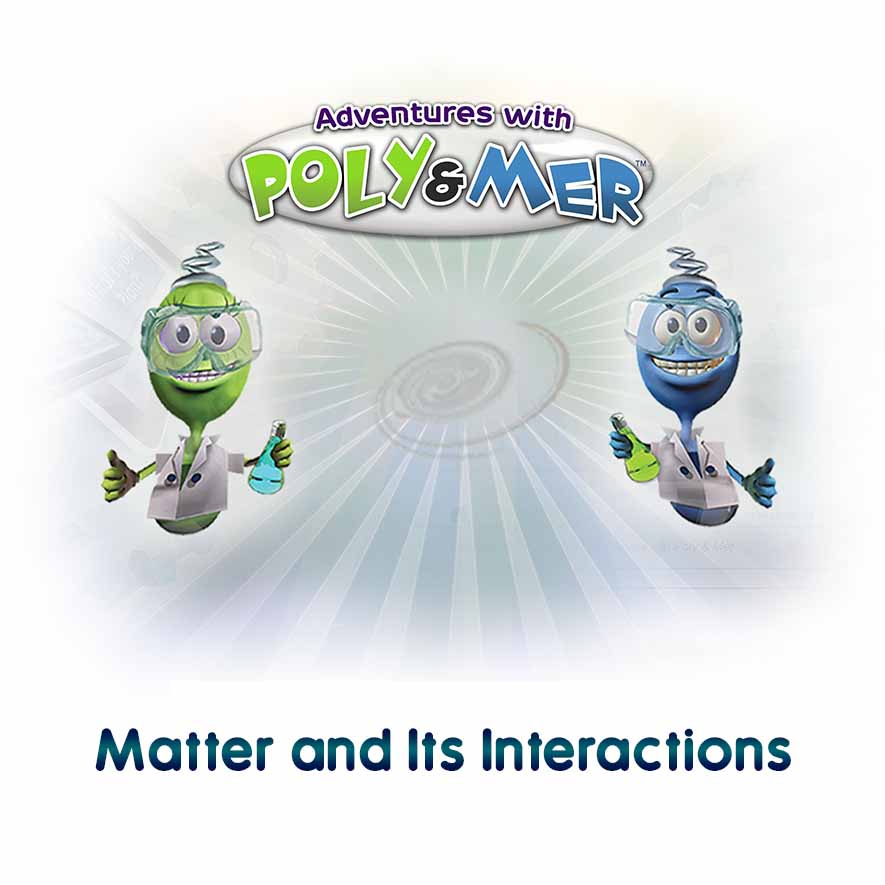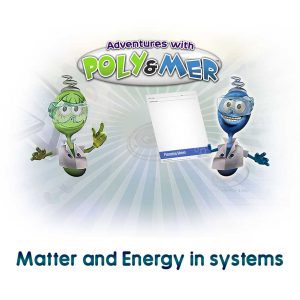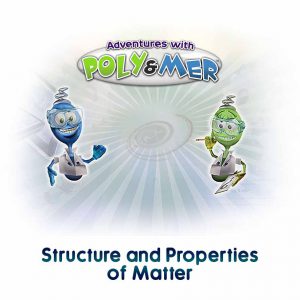Description
In this module, students who demonstrate understanding of the matter and its interactions can
- Use the periodic table as a model to predict the relative properties of elements based on the patterns of electrons in the outermost energy level of atoms.
- Plan and conduct an investigation to gather evidence to compare the structure of substances at the bulk scale to infer the strength of electrical forces between particles.
- Develop models to illustrate the changes in the composition of the nucleus of the atom and the energy released during the processes of fission, fusion, and radioactive decay.
- Communicate scientific and technical information about why the particulate-level structure is important in the functioning of designed materials.
- Analyze data to support the claim that the combined gas law describes the relationships among volume, pressure, and temperature for an ideal gas.
- Use evidence to support claims regarding the formation, properties and behaviors of solutions at bulk scales.



Reviews
There are no reviews yet.